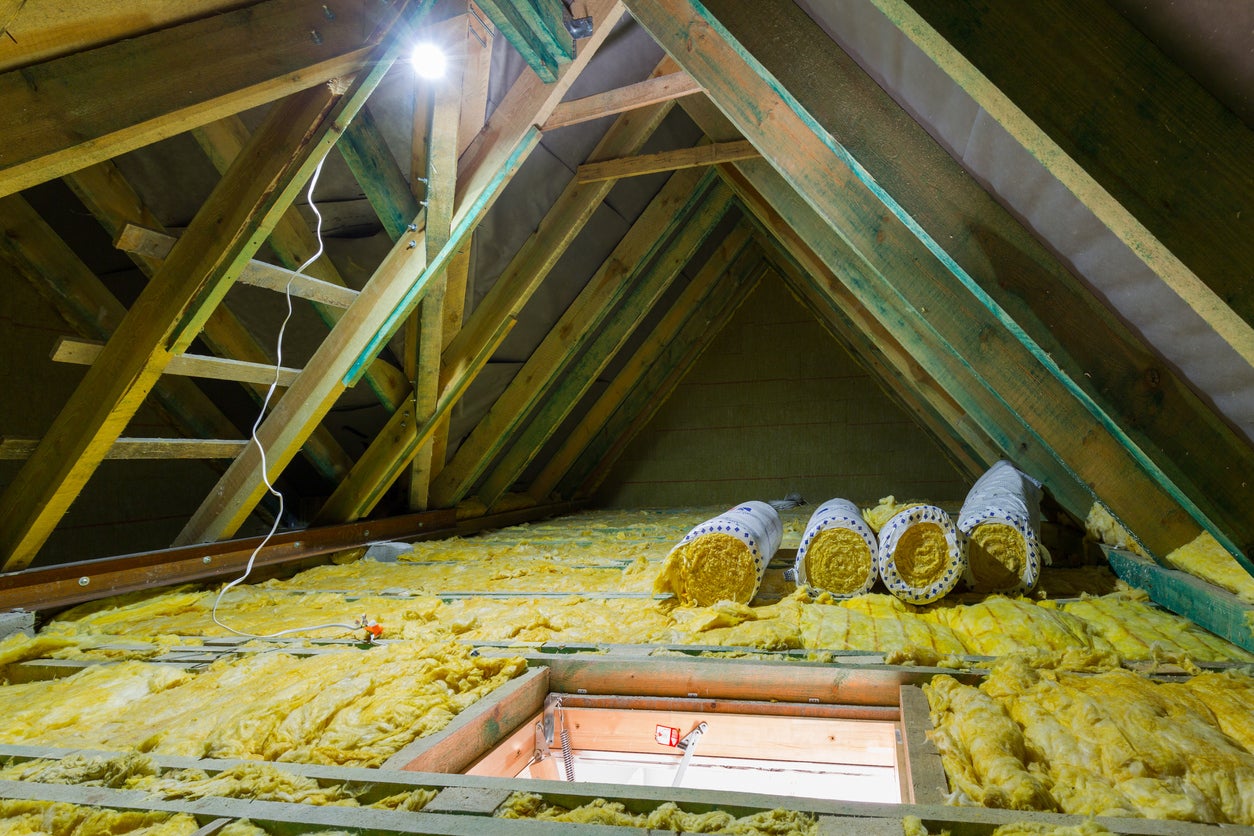

Articles
What Can I Use For Insulation
Modified: October 28, 2024
Discover the best articles on insulation options and find out what you can use for effective insulation in your home. Ensure energy efficiency and comfort with the right insulation solution.
(Many of the links in this article redirect to a specific reviewed product. Your purchase of these products through affiliate links helps to generate commission for Storables.com, at no extra cost. Learn more)
Introduction
Insulation is a crucial component of any building or home, as it helps regulate temperature and energy efficiency. Proper insulation can keep your space warm in the winter and cool in the summer, while also reducing energy consumption and saving money on utility bills. But with so many options available, it can be overwhelming to decide which type of insulation is best for your needs.
In this article, we will explore the various types of insulation and discuss the factors to consider when choosing the right insulation for your project. By understanding the different options and their benefits, you can make an informed decision that will provide optimal thermal comfort and energy efficiency.
Key Takeaways:
- Choose insulation based on R-value, environmental impact, cost, and installation process. Consider sustainability, energy savings, and professional advice for optimal thermal comfort and energy efficiency.
- Fiberglass, cellulose, foam board, spray foam, and reflective insulation offer diverse benefits. Evaluate R-value, environmental impact, cost, and installation complexity to make an informed decision.
Read more: What Can I Use To Scent Candles
Types of Insulation
When it comes to insulation, there are several different materials and methods available. Each type has its own unique characteristics and benefits. Let’s take a closer look at some of the most common types of insulation:
- Fiberglass Insulation: Fiberglass insulation is made from tiny fibers of glass that are woven together. It is one of the most popular and widely used types of insulation. Fiberglass insulation is known for its excellent thermal performance and its ability to resist moisture and fire. It can be installed as loose-fill or batts, and is commonly used in walls, attics, and crawl spaces.
- Cellulose Insulation: Made from recycled paper or plant fibers, cellulose insulation is an eco-friendly option for insulation. It is treated with chemicals to make it resistant to fire, insects, and mold. Cellulose insulation is easy to install and can be blown into walls and attics. It provides good thermal performance and helps reduce noise transmission.
- Foam Board Insulation: Foam board insulation is made from rigid foam panels that provide excellent thermal resistance. It is lightweight, durable, and resistant to moisture. Foam board insulation is commonly used on exterior walls, foundations, and roofs. It can be cut to fit the desired size and shape, making it easy to install.
- Spray Foam Insulation: Spray foam insulation is a versatile option that can create a seamless and airtight barrier. It is made by mixing two composite materials together, which then expands and hardens. Spray foam insulation expands to fill any gaps or cracks, providing excellent thermal insulation. It is commonly used in walls, attics, and crawl spaces.
- Reflective Insulation: Reflective insulation is made from aluminum foil, which reflects radiant heat. It is typically used in hot climates to reduce heat transfer. Reflective insulation is commonly installed in attics, roofs, and walls to deflect radiant heat away from the living space.
Each type of insulation has its own advantages and suitability for different applications. Consider factors such as the area that needs to be insulated, the desired R-value, and the local climate when choosing the right type of insulation for your project.
Fiberglass Insulation
Fiberglass insulation is one of the most commonly used types of insulation due to its affordability, effectiveness, and easy installation process. It is made up of tiny glass fibers that are formed into batts or blown into place as loose-fill insulation.
One of the key advantages of fiberglass insulation is its excellent thermal performance. It helps to trap air within its tiny glass fibers, creating a barrier that slows down the transfer of heat. This means that during the winter, fiberglass insulation helps to keep the warm air inside your home, while in the summer, it prevents the hot air from entering.
Fiberglass insulation is also known for its resistance to moisture, mold, and fire. This makes it a safe option for your home. It does not absorb water, which helps to maintain its thermal efficiency over time and prevent the growth of mold and mildew.
The installation of fiberglass insulation is relatively simple and can be done by homeowners or professionals. It is available as batts or rolls, which can be easily cut to size and fitted between wall studs, floor joists, and attic spaces. Loose-fill fiberglass insulation can be blown into hard-to-reach areas, ensuring full coverage and a seamless thermal barrier.
When selecting fiberglass insulation, it is important to consider its R-value. The R-value measures the insulation’s ability to resist heat flow. The higher the R-value, the better the insulation. The R-value of fiberglass insulation depends on its thickness and density. Batts with higher density and thickness will have higher R-values, providing better thermal resistance.
Overall, fiberglass insulation is a cost-effective solution for insulating your home or building. It offers excellent thermal performance, moisture resistance, and fire safety. Whether you are renovating, building a new home, or upgrading your insulation, fiberglass insulation is a reliable option to consider.
Cellulose Insulation
Cellulose insulation is a popular choice for those seeking a sustainable and eco-friendly option for insulation. It is made from recycled paper or plant fibers and is treated with fire-retardant chemicals to enhance its performance and safety.
One of the key benefits of cellulose insulation is its excellent thermal insulation properties. The dense fibers of cellulose create a barrier that helps to slow down the transfer of heat. This results in improved energy efficiency and reduced heating or cooling costs for your home or building.
Another advantage of cellulose insulation is its ability to reduce noise transmission. The density of cellulose fibers helps to absorb sound waves, creating a quieter and more comfortable living environment. This makes cellulose insulation an ideal choice for homes, offices, or any space where noise reduction is desired.
In addition to its thermal and acoustic properties, cellulose insulation is also resistant to fire, insects, and mold. The insulation material is treated with chemicals that make it less susceptible to fire. It is also treated with borate, a natural insect repellent, which helps protect against pests such as termites. Furthermore, cellulose insulation does not provide a suitable environment for mold growth, making it a safe and healthy option for your home.
Installation of cellulose insulation can be done by professionals or experienced homeowners. It is typically blown into walls, attics, and crawl spaces using special equipment. The loose-fill nature of cellulose insulation allows it to fill gaps and crevices, providing complete coverage and ensuring maximum insulation effectiveness.
When considering cellulose insulation, it is important to take into account its R-value. The R-value of cellulose insulation ranges depending on its density and thickness. Higher density cellulose insulation typically has a higher R-value, providing better thermal resistance.
Overall, cellulose insulation is a sustainable and efficient option for insulating your home. Its thermal performance, acoustic benefits, fire resistance, and mold resistance make it a versatile choice for a range of applications. By opting for cellulose insulation, you can create a comfortable and energy-efficient living space while minimizing your environmental impact.
Foam Board Insulation
Foam board insulation, also known as rigid foam insulation, is a versatile and durable option for insulating your home or building. It is made from polystyrene or polyisocyanurate foam and comes in rigid panels or sheets.
One of the main advantages of foam board insulation is its excellent thermal resistance. The closed-cell structure of the foam reduces heat transfer, making it highly effective in preventing heat loss or gain. Foam board insulation is especially useful in areas where space is limited, as it provides a higher R-value per inch compared to other types of insulation.
Another benefit of foam board insulation is its resistance to moisture. The dense structure of the foam acts as a moisture barrier, preventing water absorption. This makes it particularly suitable for basements, foundations, and areas prone to high humidity levels. Foam board insulation maintains its thermal performance even when exposed to moisture, ensuring long-lasting effectiveness.
Foam board insulation is also lightweight and easy to handle and install. It can be cut to fit any desired size or shape, allowing for precise installation and minimizing waste. Foam board panels can be attached to walls, roofs, or foundations using adhesive, nails, or screws. The panels can be overlapped or taped together to create a seamless barrier that eliminates air gaps and enhances energy efficiency.
There are different types of foam board insulation available, such as expanded polystyrene (EPS) and extruded polystyrene (XPS) foam. EPS foam is known for its versatility and cost-effectiveness, while XPS foam offers better resistance to moisture and higher compressive strength. Consider the specific requirements of your project when choosing the appropriate type of foam board insulation.
While foam board insulation provides excellent thermal resistance, it is important to note that it is not airtight on its own. Proper sealing of joints and edges is necessary to create an effective thermal barrier. Additionally, foam board insulation may emit gases during installation, so proper ventilation is important.
Overall, foam board insulation offers exceptional thermal performance, moisture resistance, and versatility. Whether you are insulating exterior walls, foundations, or roofs, foam board insulation provides a reliable solution that enhances energy efficiency and creates a comfortable living environment.
Read more: What Can I Use To Mop Floors
Spray Foam Insulation
Spray foam insulation is a versatile and efficient option for insulating various areas of your home or building. It is made by mixing two composite materials, polyol resin and isocyanate, which react and expand upon contact to create a foam that fills gaps and voids.
One of the key advantages of spray foam insulation is its ability to create a seamless and airtight thermal barrier. When sprayed, the foam expands and adheres to the surrounding surfaces, filling even the tiniest cracks and crevices. This eliminates air leaks and minimizes heat transfer, resulting in improved energy efficiency and reduced heating or cooling costs.
Another benefit of spray foam insulation is its excellent insulation properties. It provides a high R-value, meaning it has excellent thermal resistance. The R-value of spray foam insulation is typically higher than that of other insulation materials, making it particularly effective in extreme temperatures and climates.
One of the unique features of spray foam insulation is its ability to provide soundproofing benefits. The dense and expansive nature of the foam helps to absorb sound waves, reducing noise transmission between rooms and from outside sources. This can significantly improve the acoustic comfort of your space.
In addition to its insulation and soundproofing properties, spray foam insulation can also act as a moisture barrier. The foam is resistant to water, preventing water infiltration and limiting the risk of mold or mildew growth. This makes it a suitable choice for areas with high moisture levels, such as basements or crawl spaces.
While spray foam insulation offers numerous benefits, it is important to note that professional installation is typically required. The application process involves specialized equipment and should be done by experienced installers. Proper handling and precautions are necessary to ensure safety during the installation process.
When considering spray foam insulation, it is important to evaluate the specific needs of your project. There are two main types of spray foam insulation: open-cell and closed-cell foam. Open-cell foam has a lower density and is more flexible, while closed-cell foam is denser and provides better insulation. The choice between the two depends on factors such as the level of insulation required, budget, and the application area.
Overall, spray foam insulation is a highly effective and versatile option for insulating your home or building. Its ability to create an airtight seal, excellent insulation performance, soundproofing benefits, and moisture resistance make it a popular choice among homeowners and professionals looking to maximize energy efficiency and create a comfortable living environment.
Reflective Insulation
Reflective insulation is a unique type of insulation that utilizes reflective materials to minimize heat transfer by reflecting radiant heat. It is typically made of a layer of aluminum foil laminated to a backer material, such as cardboard or foam, creating an efficient barrier against heat gain or loss.
One of the main advantages of reflective insulation is its ability to reduce heat transfer through radiation. Instead of slowing down the transfer of heat like traditional insulation materials, reflective insulation reflects radiant heat away from the living space, helping to keep it cooler in hot climates.
Reflective insulation is commonly installed in attics, roofs, and walls, where it faces an air gap. This air gap serves as an additional layer of insulation, preventing heat transfer by conduction. The combination of the reflective surface and the air gap works together to provide enhanced thermal performance.
Another benefit of reflective insulation is its resistance to moisture. The aluminum foil surface acts as a vapor barrier, preventing moisture from penetrating the insulation and causing damage. This makes it particularly effective in areas with high humidity levels or prone to moisture infiltration.
Reflective insulation is relatively easy to install. It comes in rolls or sheets that can be cut to fit the desired size and shape. It can be stapled, nailed, or taped to the support structure of the building. Additionally, the lightweight nature of reflective insulation makes it easy to handle and maneuver during the installation process.
It is important to note that reflective insulation is most effective in hot climates, where the primary concern is reducing heat gain. In colder climates, where heat retention is a priority, additional insulation materials such as fiberglass or foam board should be used in conjunction with reflective insulation.
When selecting reflective insulation, it is essential to consider the emissivity rating. Emissivity measures how well a material reflects heat. A lower emissivity rating indicates better reflectivity. Look for reflective insulation with a low emissivity rating to maximize its heat-reflecting capabilities.
In summary, reflective insulation offers unique benefits in specific climates and applications. Its ability to reflect radiant heat, resistance to moisture, and simple installation make it an attractive option for homeowners and builders looking to enhance energy efficiency and maintain a comfortable indoor environment.
Consider using materials such as fiberglass, foam board, or spray foam for insulation. These materials provide effective thermal resistance and can help reduce energy costs.
Factors to Consider
Choosing the right insulation for your project involves considering several factors that will impact its effectiveness, suitability, and overall performance. Here are some key factors to keep in mind when selecting insulation:
- Insulation R-Value: The R-value measures the insulation’s ability to resist heat flow. It indicates how well the insulation material can prevent heat transfer. The higher the R-value, the better the insulation’s thermal resistance. Consider the desired level of insulation and the local climate when selecting insulation with the appropriate R-value.
- Environmental Impact: Take into account the environmental impact of the insulation material. Look for eco-friendly options that are made from recycled materials or natural fibers. Consider the manufacturing process, recyclability, and disposal of the insulation. Choosing sustainable insulation can help reduce your carbon footprint and contribute to a greener environment.
- Cost: Evaluate the cost of the insulation material and its installation. Different insulation types vary in price, so consider your budget and the long-term savings in energy costs. While some insulation materials may have a higher upfront cost, they may offer greater energy efficiency and reduced utility bills over time.
- Installation Process: Consider the complexity of the installation process. Some insulation materials may require professional installation, while others can be DIY-friendly. Determine whether you have the necessary skills and tools to install the insulation or if you need to hire a professional contractor. Insulation that is easy to install can save both time and money.
- Durability and Longevity: Evaluate the durability and lifespan of the insulation material. Consider its resistance to pests, moisture, mold, and fire. Choose a material that will maintain its thermal performance and structural integrity over time, ensuring long-term efficiency and minimal maintenance.
Additionally, assess the specific requirements of your project. Consider factors such as the area that needs to be insulated (walls, ceilings, floors, etc.), the construction type, and any specific considerations like noise reduction. Consulting with a professional insulation contractor can provide valuable guidance and help you make an informed decision based on your unique needs.
By carefully considering these factors, you can choose the right insulation that offers optimal thermal comfort, energy efficiency, and long-term savings for your home or building.
Insulation R-Value
The R-value is a crucial factor to consider when selecting insulation for your project. It measures the insulation’s thermal resistance and indicates how well it can prevent heat transfer. The higher the R-value, the greater the insulation’s effectiveness in resisting heat flow.
The R-value is influenced by several factors, including the type of insulation material, its thickness, and its density. Different materials have varying inherent thermal properties, which directly impact their R-value. For example, materials such as fiberglass and cellulose typically have higher R-values compared to materials like reflective insulation.
When considering the desired R-value for your insulation, take into account the local climate and the specific requirements of your project. Insulation needs vary depending on whether you are aiming to keep the heat in during the winter or keep it out during the summer. Cold climates typically require higher R-values to maintain a comfortable indoor temperature, while hot climates may prioritize reducing heat gain.
It’s crucial to note that achieving the desired R-value involves properly installing the insulation material. Any gaps, voids, or compressed areas can compromise the overall thermal resistance of the insulation. Incomplete coverage or poorly installed insulation may result in thermal bridging, where heat escapes through the uninsulated areas, reducing overall energy efficiency.
The location and application of the insulation will also impact the required R-value. Different areas of a building, such as walls, ceilings, or floors, may have different heat transfer characteristics and therefore require different levels of insulation. It’s essential to consult the building codes and regulations in your area to ensure compliance and optimal energy performance.
When determining the R-value for your insulation, it’s important to consult with professionals who specialize in insulation installation. They can provide guidance based on their expertise and knowledge of local climate conditions, building codes, and recommended insulation practices. Professional advice can help ensure that your chosen insulation meets the necessary R-value requirements for optimal thermal comfort.
Understanding the R-value of insulation allows you to make an informed decision when selecting the appropriate insulation material and thickness for your project. By choosing insulation with the right R-value for your specific needs, you can create a comfortable and energy-efficient space while minimizing heat loss or gain and reducing energy costs.
Read more: What Can I Use Instead Of Spackle
Environmental Impact
Considering the environmental impact of insulation is crucial when choosing the right material for your project. As sustainability and environmental consciousness become increasingly important, opting for insulation with a low environmental footprint is a responsible choice.
One aspect to consider is the source of the insulation material. Look for options that are made from renewable or recycled materials. For example, fiberglass insulation can be made from recycled glass, while cellulose insulation is often derived from recycled paper or plant fibers. Choosing materials that minimize the use of new resources helps reduce the overall environmental impact.
In addition to the source of the insulation material, consider its manufacturing process. Some insulation materials require energy-intensive production methods, which contribute to carbon emissions. Others, such as spray foam insulation, may emit greenhouse gases during installation. Opting for materials with low embodied energy and minimal emissions can help reduce your carbon footprint.
Recyclability is another aspect of environmental impact to consider. Insulation materials that are recyclable at the end of their life cycle can greatly reduce waste. Look for options that can be easily recycled or repurposed, making them a sustainable choice.
The disposal of insulation is another important consideration. Some insulation materials, like fiberglass, can be landfilled or recycled. However, other materials, such as spray foam insulation, may require special disposal methods due to their chemical composition. Understanding the proper disposal procedures for your chosen insulation can help minimize environmental harm.
When installing insulation, be aware of any potential health concerns associated with the material. Some insulation types, such as mineral wool, may release small particles that can irritate the respiratory system. Opting for materials that are non-toxic and low in volatile organic compounds (VOCs) can help ensure a healthy indoor environment.
There are certifications and labels that can guide you in selecting environmentally friendly insulation. Look for certifications such as GREENGUARD and the Energy Star label, which indicate that the insulation meets specific environmental and performance standards.
It’s important to note that insulation alone cannot fully address environmental concerns. Implementing additional energy-saving measures, such as proper air sealing and using energy-efficient appliances, can further improve the overall environmental impact of your project.
By considering the environmental impact of insulation, you can make a conscious choice that contributes to a greener and more sustainable future. Selecting insulation materials that are derived from renewable or recycled sources, have low embodied energy, are recyclable, and have minimal environmental emissions can help to reduce your carbon footprint and promote a healthier planet.
Cost
When selecting insulation for your project, cost is an important factor to consider. The cost of insulation can vary depending on the type of material, the area to be insulated, the desired R-value, and the installation method. Understanding the cost implications will help you make an informed decision based on your budget and long-term savings.
It’s essential to evaluate the upfront cost of the insulation material itself. Different insulation materials have varying price points. Fiberglass insulation, for example, is generally more affordable compared to spray foam insulation. However, it’s important to consider the long-term savings that insulation can provide in terms of energy efficiency and reduced utility bills.
Consider the energy savings that can be achieved with effective insulation. Insulation helps keep the desired temperature inside your home or building, reducing the need for heating or cooling. This can result in significant cost savings over time. A higher-quality insulation material with a higher R-value may have a higher upfront cost, but it can provide greater energy efficiency, leading to long-term savings on heating and cooling bills.
The size and complexity of the area to be insulated will also impact the cost. Larger spaces or areas with unique architectural features may require more insulation material and additional labor for installation, increasing the overall cost. It’s important to accurately assess the dimensions and requirements of the project to determine the appropriate amount of insulation needed.
When considering costs, it’s also important to factor in the installation method. Some insulation materials, such as spray foam or blown-in insulation, may require professional installation, while others can be easily installed by homeowners. Professional installation generally incurs additional costs, but it ensures proper installation and maximizes the insulation’s effectiveness.
While cost is an important consideration, it’s crucial to balance it with other factors such as energy efficiency and long-term savings. Investing in higher-quality insulation with a higher initial cost may provide significant benefits in terms of energy efficiency and comfort, ultimately yielding greater savings over the life of the insulation.
It’s also worth exploring any available incentives or rebate programs for energy-efficient upgrades. Government programs or utility companies sometimes offer financial incentives or tax credits for installing energy-efficient insulation. Researching these opportunities can help offset the upfront cost and provide further financial benefits.
By carefully considering the cost of insulation and weighing it against the potential energy savings and long-term benefits, you can make a well-informed decision that meets your budgetary requirements and provides the best value for your investment.
Installation Process
The installation process is an important factor to consider when choosing insulation for your project. The ease of installation can impact the overall cost, time, and effectiveness of the insulation. Understanding the installation requirements and procedures will help you determine whether professional installation is necessary or if it can be done as a DIY project.
Some insulation materials, such as fiberglass batts or rolls, are relatively straightforward to install and can be done by homeowners with basic DIY skills. These types of insulation generally come in pre-cut sizes that can be easily fit between framing or joists. Proper installation techniques, such as ensuring a snug fit and avoiding compression, are crucial for optimal performance.
Blown-in insulation, such as cellulose or fiberglass loose-fill, requires special equipment for installation. It is typically done by professionals who have the necessary tools and expertise to achieve even coverage and proper density. Blown-in insulation is ideal for hard-to-reach areas or irregularly shaped spaces. Professional installation ensures efficient application and maximum performance.
Spray foam insulation, on the other hand, requires specialized equipment and professional expertise. The two components of the foam are mixed and sprayed onto the surface, where it expands and cures. Professional installers are trained in handling the chemicals and ensuring proper application. Due to the complexities and safety considerations, it is recommended to have spray foam insulation installed by professionals.
Consider the size and complexity of the area to be insulated. If you have a small project or are confident in your DIY abilities, batt insulation or rigid foam boards may be suitable for self-installation. However, for larger or more intricate projects, it’s advisable to consult with insulation professionals who can assess the specific requirements and ensure a proper installation.
Proper installation is crucial for the insulation’s effectiveness. Any gaps, voids, or compressed areas can reduce the overall thermal resistance and compromise energy efficiency. It’s important to follow the manufacturer’s instructions and industry best practices for a successful installation.
If you decide to hire a professional insulation contractor, it’s advisable to research and choose a reputable and experienced company. Get multiple quotes, check reviews and references, and ensure they are licensed and insured. A professional installer can not only ensure proper installation but also provide valuable advice on the best insulation options for your specific project.
By understanding the installation process and evaluating your own capabilities, you can make an informed decision on whether to tackle the installation yourself or hire professionals. Opting for professional installation ensures proper application and guarantees the insulation’s optimal performance, making it a worthwhile investment in the long run.
How to Choose the Right Insulation
Choosing the right insulation for your project requires careful consideration of various factors. By taking the following steps, you can make an informed decision and select the insulation that best suits your needs:
- Assess Your Needs: Start by evaluating your insulation needs. Consider the specific areas that require insulation, such as walls, ceilings, or floors. Determine the existing insulation, if any, and assess its condition and effectiveness. Identify any specific requirements, such as noise reduction or moisture resistance.
- Evaluate the R-Value: Consider the R-value requirement for your project. The R-value measures the insulation’s ability to resist heat flow. Research the recommended R-values for your region based on the local climate and the specific area to be insulated. Higher R-values provide better thermal insulation.
- Explore Insulation Types: Familiarize yourself with the different types of insulation available. Learn about materials such as fiberglass, cellulose, foam board, spray foam, and reflective insulation. Understand their characteristics, installation methods, and benefits.
- Weigh the Pros and Cons: Evaluate the advantages and disadvantages of each insulation type. Consider factors such as cost, R-value, environmental impact, ease of installation, durability, and moisture resistance. Assess how well each type aligns with your specific requirements and priorities.
- Consider Environmental Impact: If sustainability is a priority, opt for insulation materials with a low environmental impact. Look for options made from recycled or renewable materials. Consider factors such as recyclability, energy efficiency, and emissions during manufacturing and installation.
- Set Your Budget: Determine your budget for insulation. Consider both the upfront cost of the materials and the long-term savings in energy costs. Balance cost considerations with the desired quality and performance of the insulation.
- Seek Professional Advice: Consult with insulation professionals or contractors to get expert advice. They can assess your specific project requirements, recommend suitable insulation types, and provide estimates for installation. Professional input can ensure that you choose the right insulation for maximum effectiveness.
- Check for Incentives: Research any available incentives or rebate programs that promote energy-efficient insulation. Government agencies or utility companies often provide financial incentives or tax credits for energy-saving upgrades. Take advantage of these opportunities to offset the cost of insulation.
- Request Quotes: Obtain multiple quotes from reputable insulation contractors. Compare the costs, materials, warranties, and installation procedures offered. Consider the reputation and experience of the contractors when making your final decision.
By following these steps and thoroughly evaluating your needs and options, you can choose the right insulation that meets your requirements in terms of energy efficiency, comfort, durability, and budget. Proper insulation not only enhances thermal performance but also contributes to a more sustainable and comfortable living environment.
Read more: What Can I Use Instead Of A Ladder
Conclusion
Insulation plays a vital role in maintaining thermal comfort and energy efficiency in buildings and homes. By selecting the right insulation, you can create a comfortable living environment while reducing energy consumption and utility costs. Understanding the various types of insulation and considering factors such as R-value, environmental impact, cost, and installation process are key to making an informed decision.
Fiberglass insulation offers affordability, effectiveness, and easy installation, making it a popular choice. Cellulose insulation, on the other hand, provides eco-friendliness and soundproofing benefits. Foam board insulation offers excellent thermal resistance and moisture resistance, while spray foam insulation creates a seamless thermal barrier. Reflective insulation helps deflect radiant heat, particularly in hot climates.
Factors like R-value, environmental impact, cost, and installation process should guide your decision-making process. The appropriate R-value will depend on your climate and specific needs. Choosing insulation materials with low environmental impact and considering their recyclability can contribute to a greener environment. Balancing the upfront cost with long-term energy savings is crucial. Understanding the complexity of the installation process will help you determine whether professional installation is necessary.
To choose the right insulation, assess your needs, evaluate the R-value, explore insulation types, weigh the pros and cons, consider environmental impact, set your budget, seek professional advice, check for incentives, and request quotes from reputable contractors. By following these steps, you can select the insulation that best suits your requirements and create a comfortable, energy-efficient, and sustainable living or working space.
Always remember that insulation is just one piece of the energy efficiency puzzle. Properly sealing air leaks, using efficient HVAC systems, and adopting energy-saving practices can further enhance the overall performance of your insulation.
Investing in high-quality insulation today will not only provide immediate benefits in terms of energy efficiency and comfort but also contribute to a more sustainable future for generations to come.
Frequently Asked Questions about What Can I Use For Insulation
Was this page helpful?
At Storables.com, we guarantee accurate and reliable information. Our content, validated by Expert Board Contributors, is crafted following stringent Editorial Policies. We're committed to providing you with well-researched, expert-backed insights for all your informational needs.

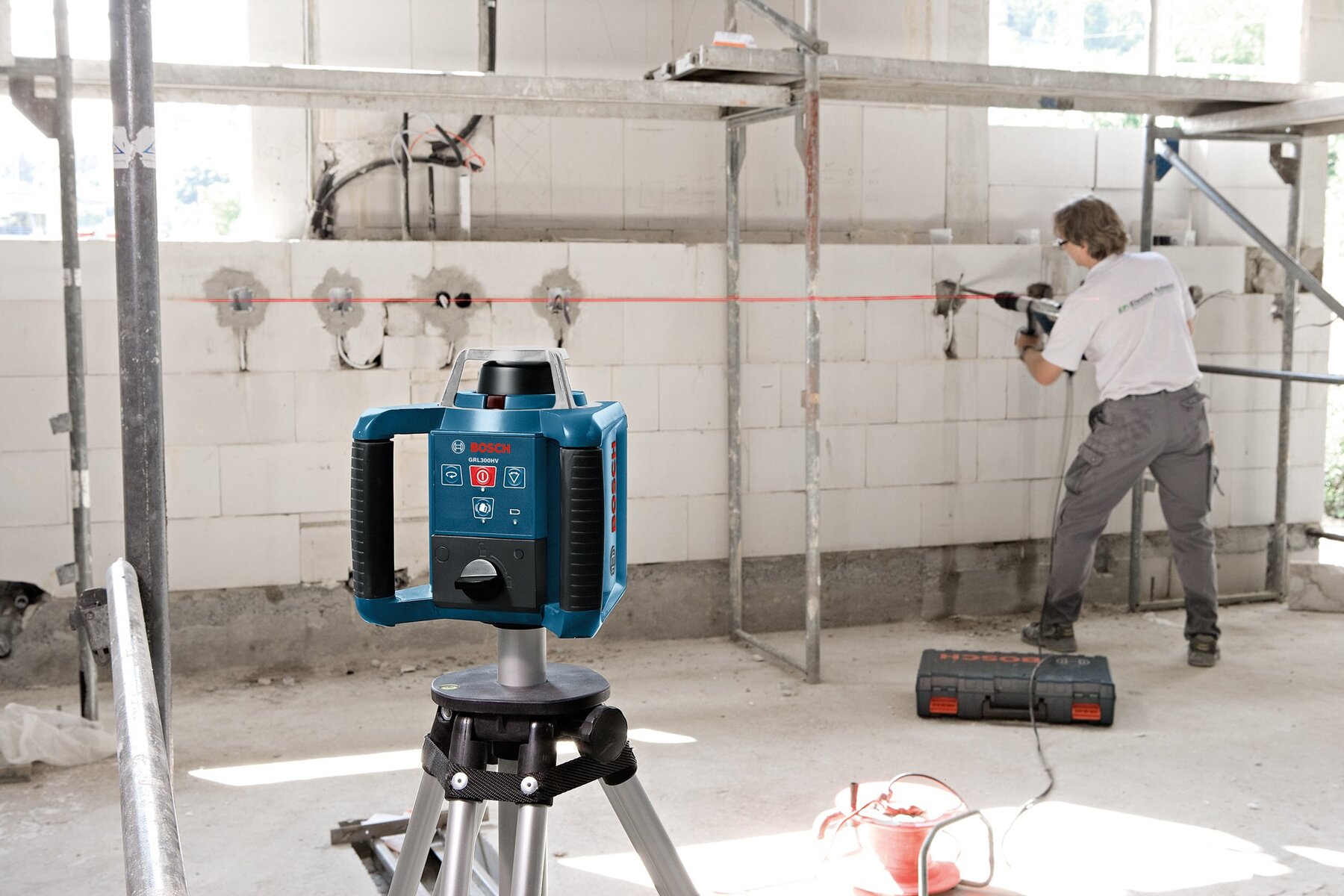

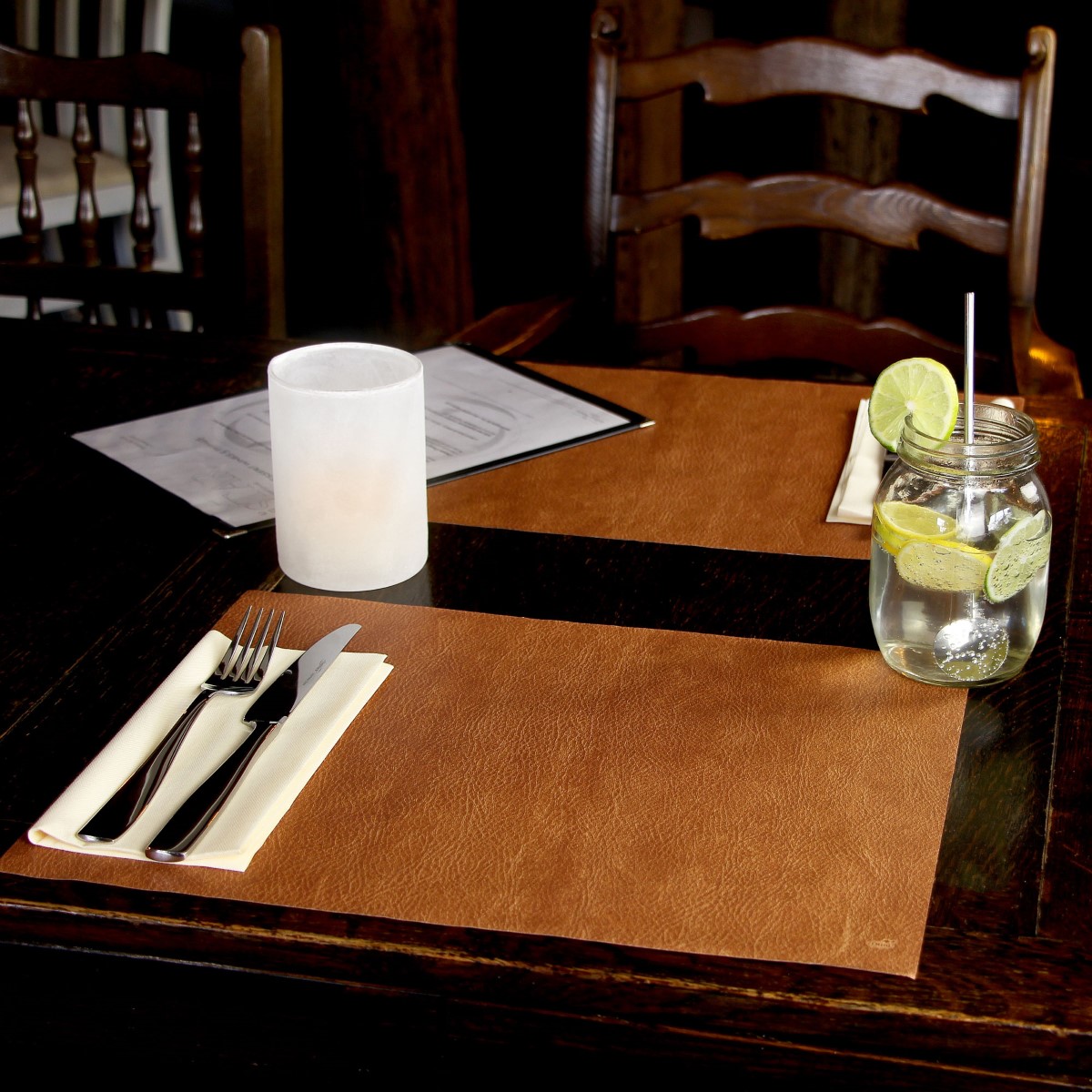



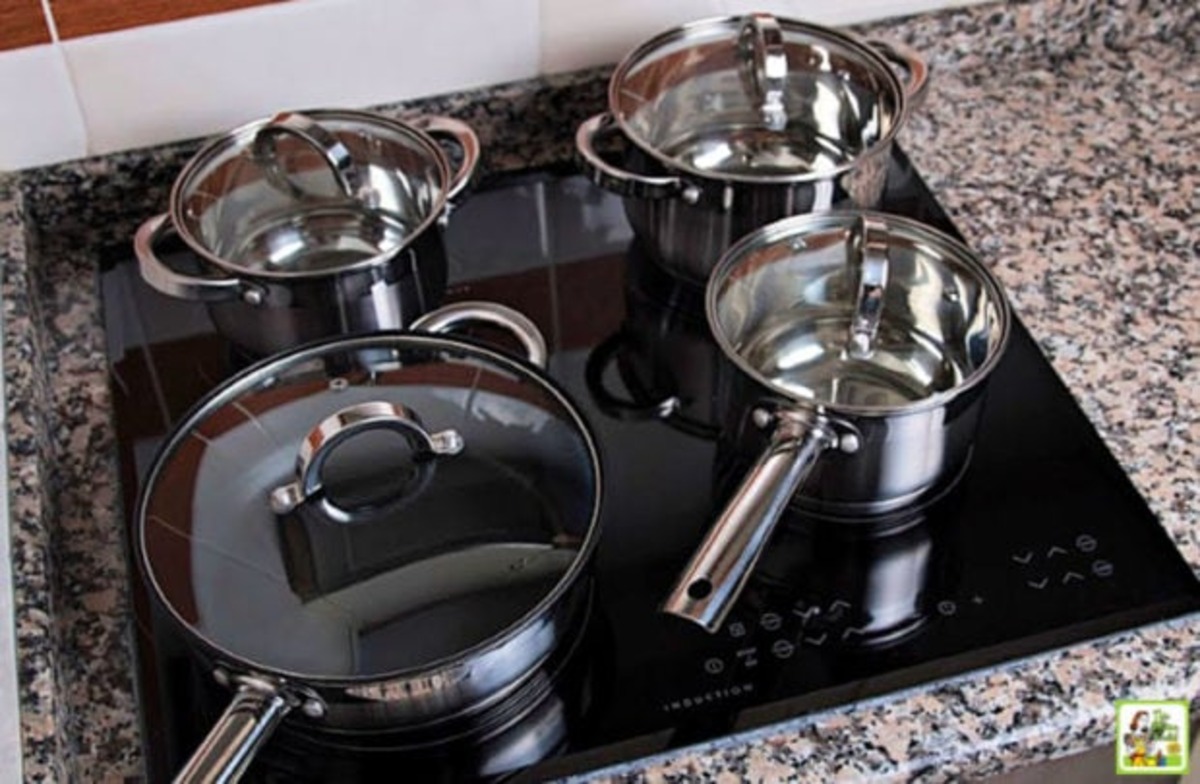


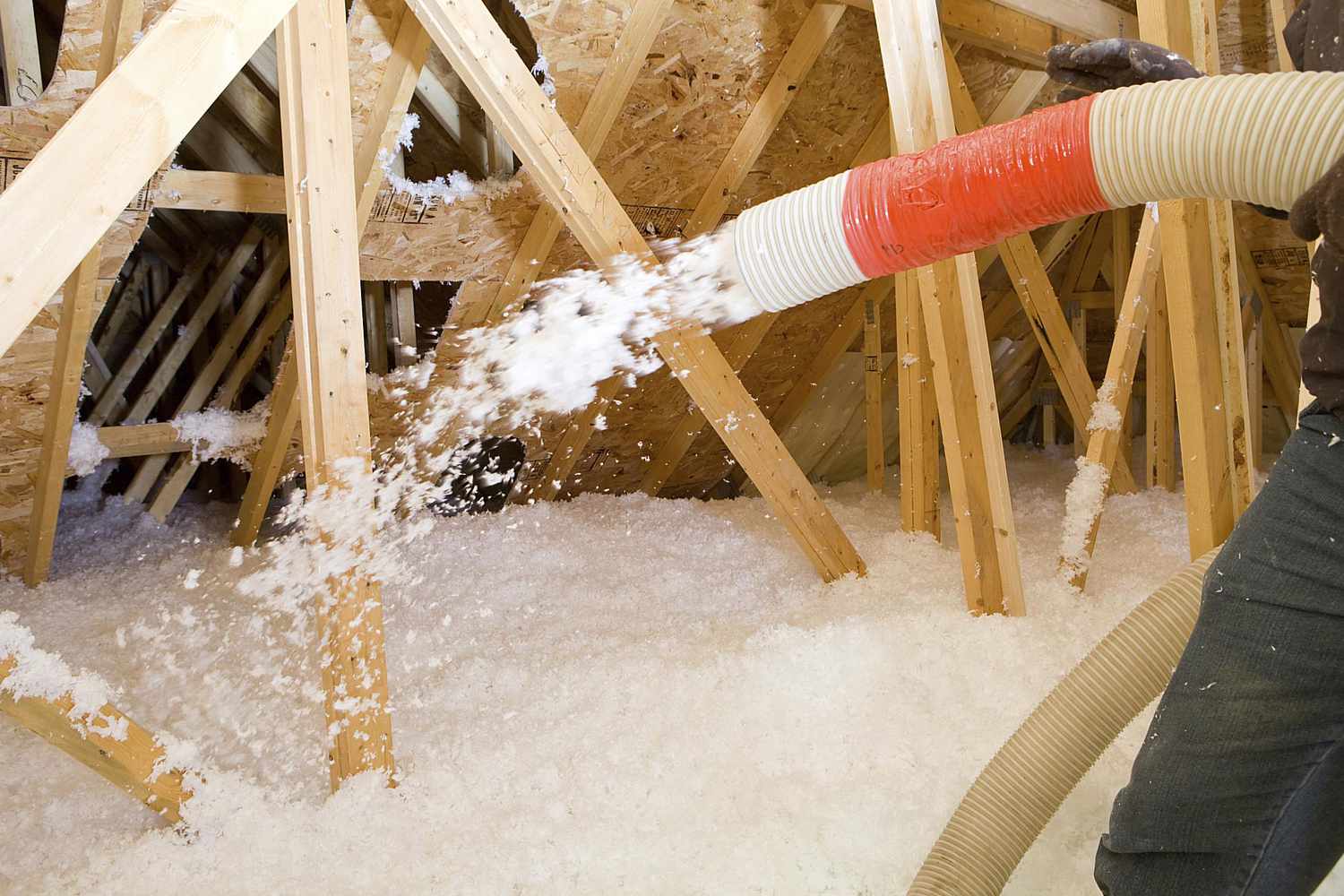
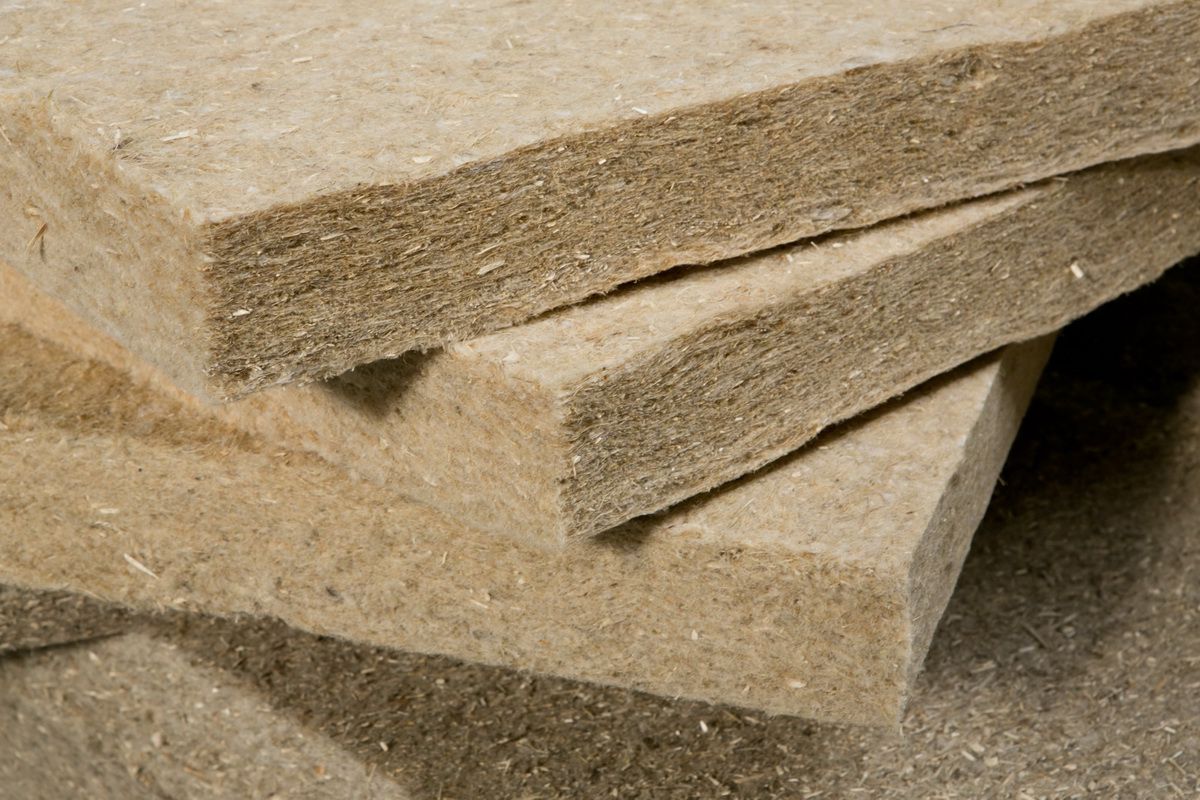

0 thoughts on “What Can I Use For Insulation”